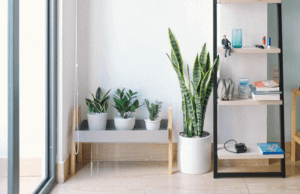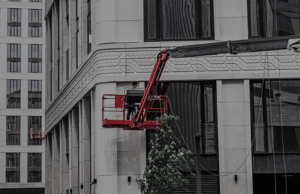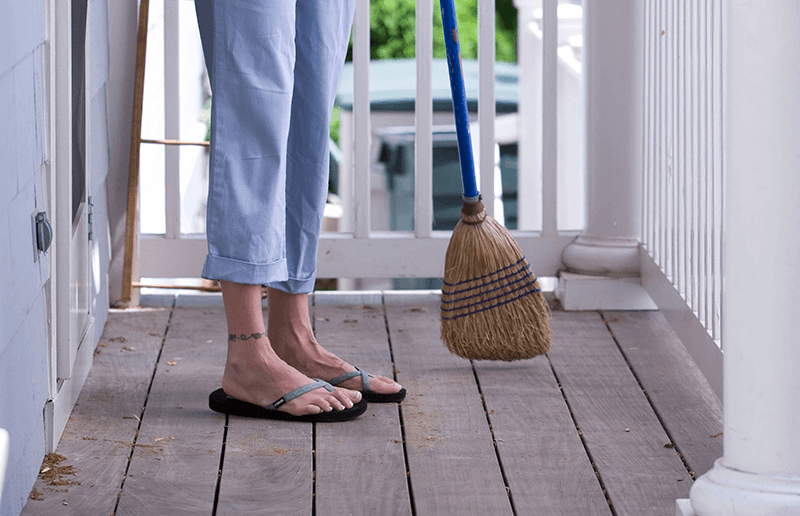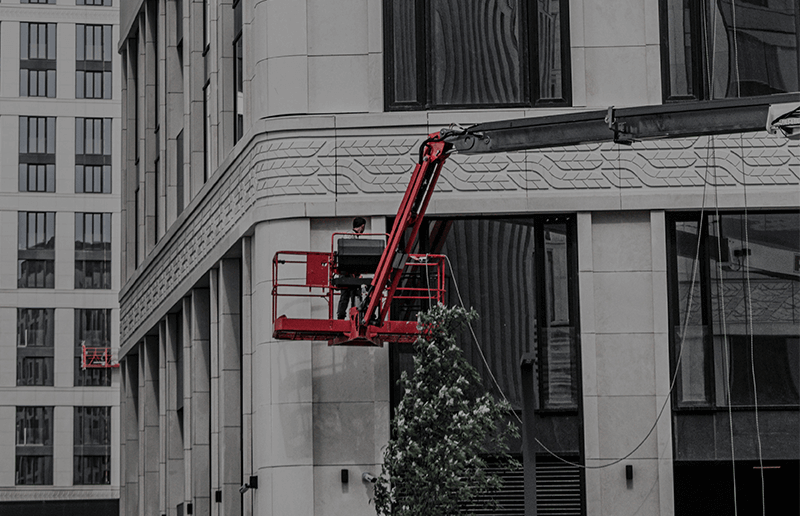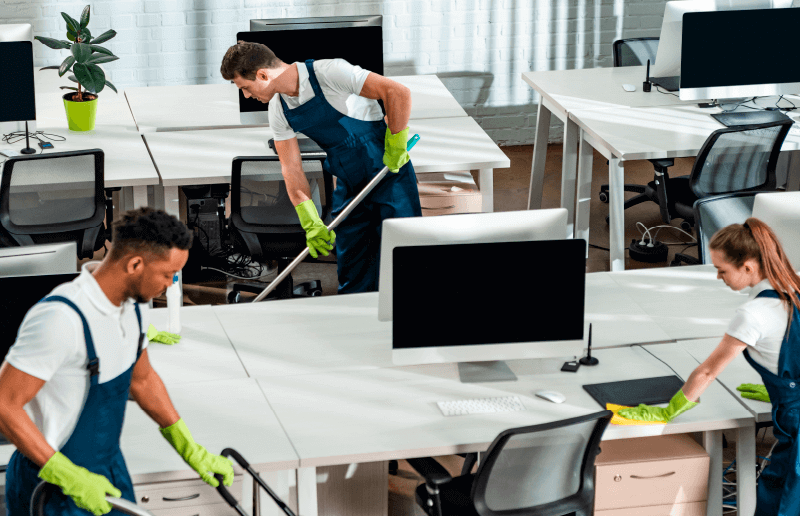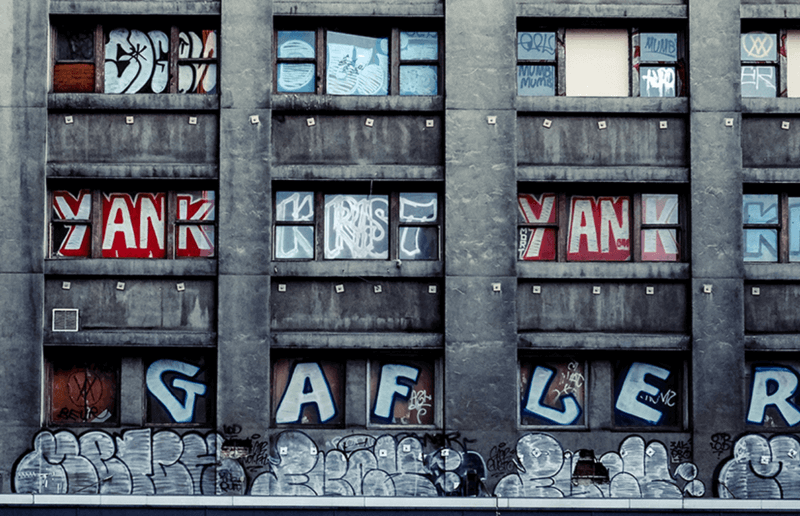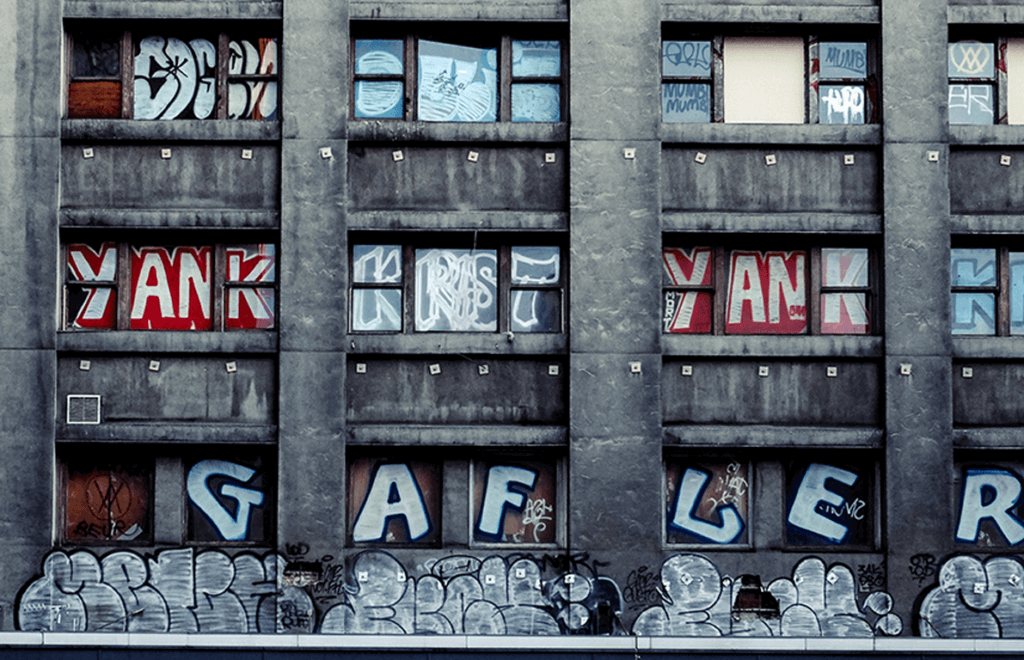
If you live in a house surrounded by a wall or own a commercial establishment, you’ve probably had problems with vandals that sprayed graffiti on your wall. This is a more common problem in large urban centres, but it can also happen in smaller towns.
Not only can the graffiti’s spray paint damage the surface material – such as wood and porous surfaces, like rocks and concrete – but it can also reduce a property’s market value.
Buildings that have graffiti often pass an idea of abandonment, carelessness and dirt, besides the contribution to the visual pollution of the neighbourhood. In commercial buildings, this can drive away tenants, future buyers, and especially customers. The facade of the building is the first impression that the client has of the owners and the business that operates there.
This is the business card that invites people to enter or that can drive away your target audience who may otherwise feel intimidated. We are mostly visual people, we pay close attention to this level of detail, even unconsciously, and we appreciate more a clean, distraction-free view.
And since we’re here to help you and guide you on this journey to revamp how your building looks, here are some tips for you:
THINK FAST AND ACT EVEN FASTER!
When vandals see their “work” exposed for a long time somewhere, they can have a misconception of the behaviour from the property owner. They can think that the place might be empty or that the proprietor doesn’t even care about it that much. This is the perfect invitation for new graffiti. So if you wouldn’t like to get home or to your workplace and see a sign of vandalism, think fast about what to do, and act even faster to find a solution. Whether it is hiring a company specialized in cleaning facades, or strengthening the security of the site by installing security cameras, for example.
Try cleaning the surface as soon as possible, as it is easier to remove the spray paint while it is not yet fully incorporated into the material.
LET’S GET DOWN TO BUSINESS!
Different types of materials and different types of paints require different approaches for more effective cleaning. Each type of material has its specificity and reacts differently according to the characteristics of the paint.
- BRICKS, CONCRETE, AND MASONRY: these are porous materials, and in the case of bricks and masonry there is mortar between them, so be careful to not damage these surfaces or otherwise you will have problems to handle later. Baking soda is a good option to use, as porous surfaces are likely to absorb the solvent-based spray paint, so pressure-washing is needed. It is also necessary that the movements with the pressure jet are continuously running to the side and downwards. The pressure should not focus on a fixed point for too long, as this can permanently damage the material.
- WOOD: try to remove the paint from your wooden fence or wall as soon as it occurs, since wood can deeply absorb the paint and make cleaning increasingly more difficult. Apply the removal product and clean it. If you are going to use a high-pressure jet, be careful that you do not let the paint penetrate deeper into the wood. If the wood is made from vinyl, you can try soapy water on a sponge. If it doesn’t work, try a solvent. And always remember: never use baking soda on wood!
- METAL: as it is not a porous material, removing graffiti from metal is not as problematic as in wood or concrete. A common paint thinner can do the job well. If some paint remains, you will need something more abrasive to rub it out.
- PLASTIC: Acetone or nail polish remover can work very well to remove graffiti from plastic surfaces. Very strong solvents can react with plastic, giving it a matte and softened appearance. This is irreversible, so pay attention!
Messing with solvents and chemicals is always a big risk, either for your health or for the efficient maintenance of the site to be cleaned. It takes great care and constant use of necessary shielding equipment, such as gloves, goggles and mask, so that your skin does not come into contact with any chemical that may cause any kind of allergy. A specialized team can save your time and money because they already know how to handle each case efficiently and without putting you at risk.


